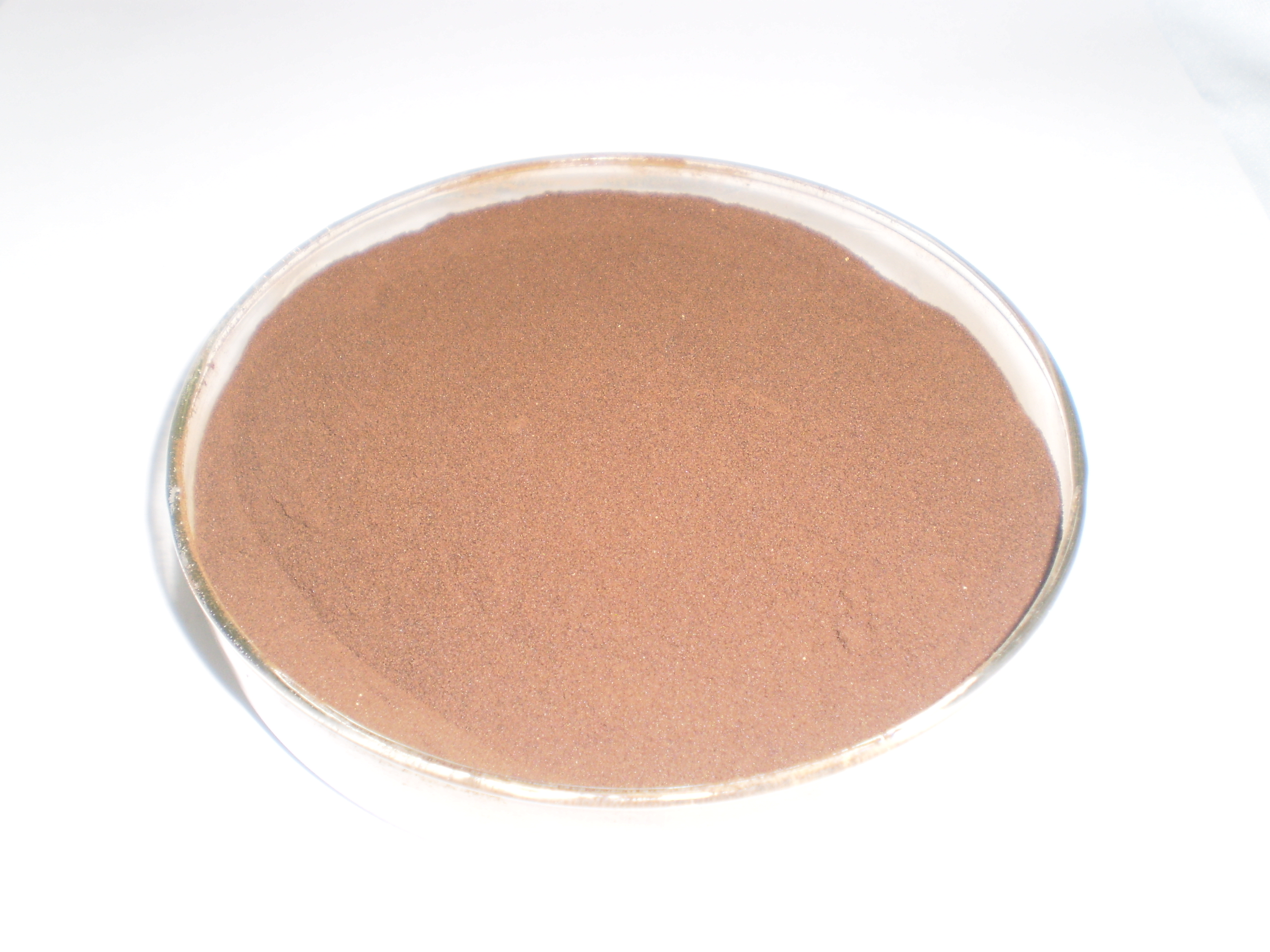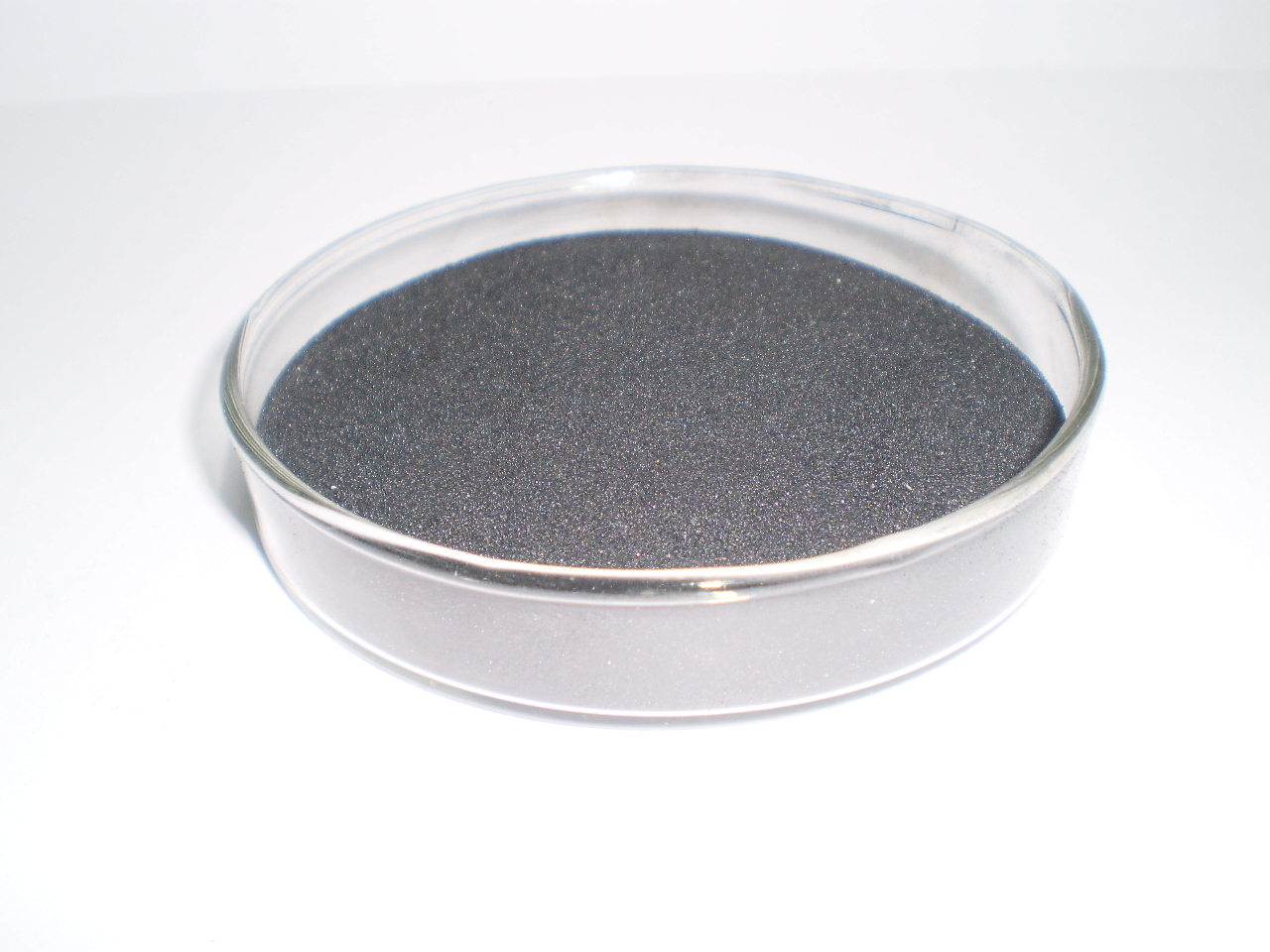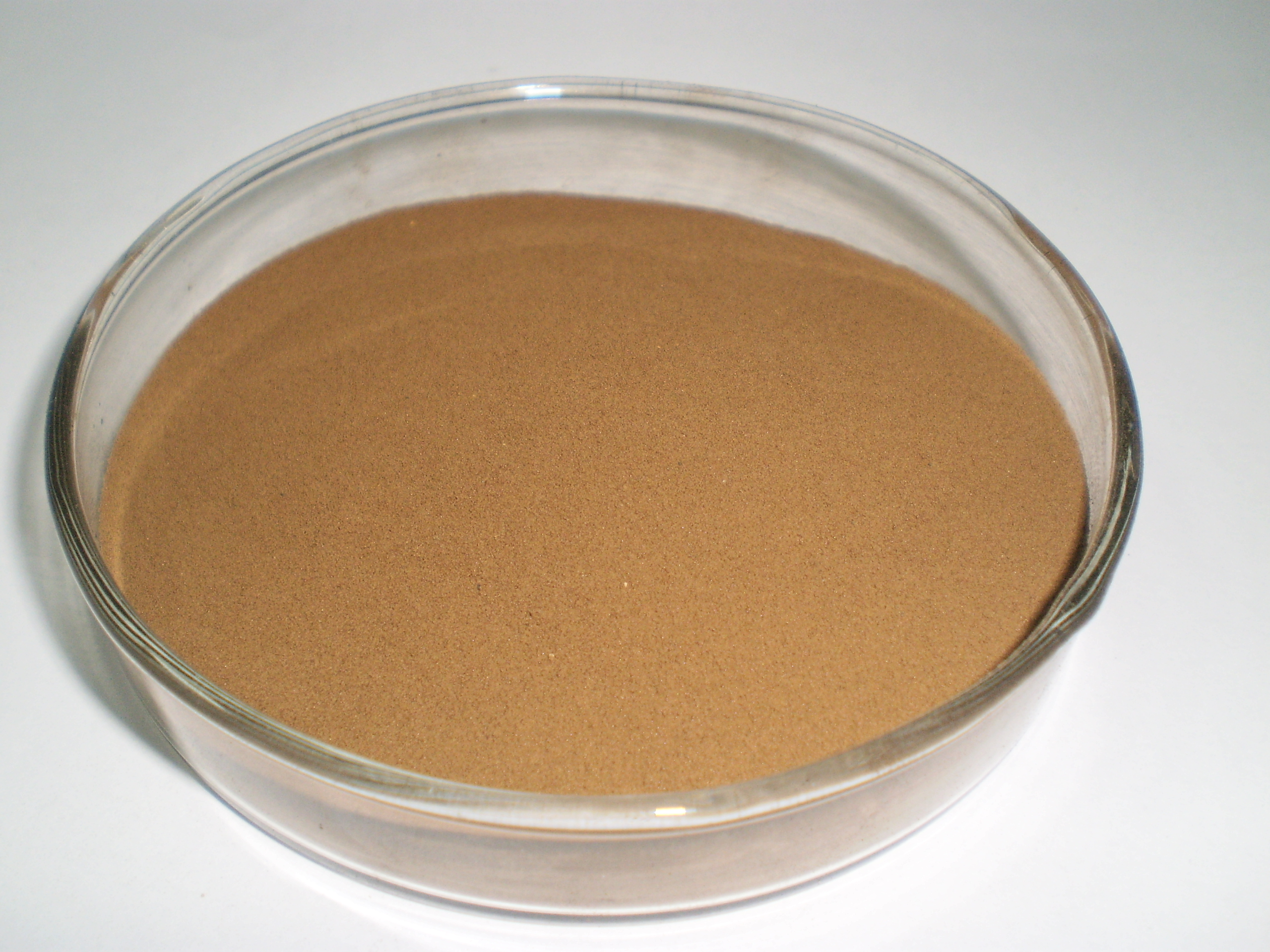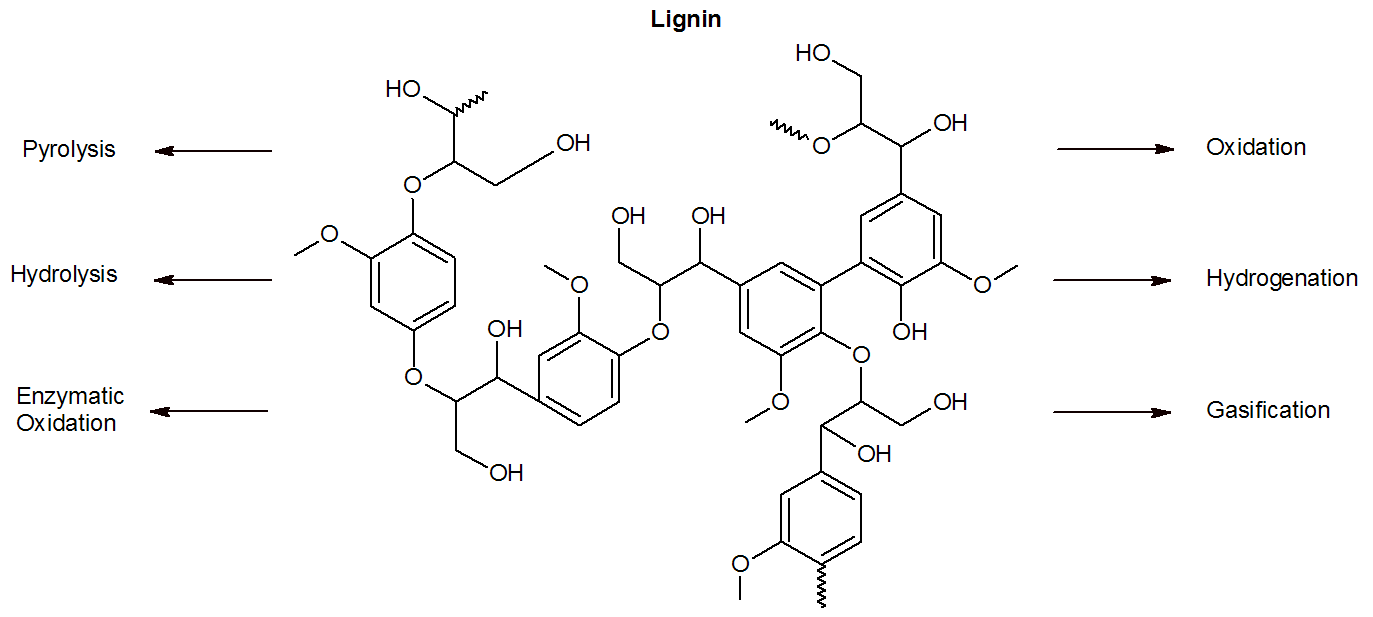-

Sulfonated lignin from kraft black liquor
The sulfite pulping process has many environmental issues, and thus, only a small portion of market pulp (less than 10%, roughly 7 million tons) is produced by the sulfite pulping process. In contrast, the kraft process is widely practiced to produce market pulp of better quality.As such, sulfonated lignin-based products from kraft lignin can be…
-

Lignin and Lignosulfonate Relation
Lignin is the largest reservoir of aromatic compounds on earthand has great potential to be used in many industrial applications. Alternative methods to produce lignosulfonates from spent sulfite pulping liquors and kraft lignin from black liquor of kraft pulping process are critically reviewed herein. Furthermore, options to increase the sulfonate contents of lignin based products…
-

Lignosulfonate function to construction admixture
Compressive strength The compression strength characterized using a manual device and a more sophisticated device showed different results even though the trend is similar (Fig. 7). Flexural strength results are better measurements and distinguishable when a more sensitive sensor is used at 3, 7, and 28 days.Compressive strength properties are similar to the flexural strength…
-

Lignin and Lignosulfonate
Lignosulfonates or sulfonated lignin are water-soluble anionic polyelectrolyte polymers: they are byproducts from the production of wood pulp using sulfite pulping. Most delignification in sulfite pulping involves acidic cleavage of ether bonds, which connect many of the constituents of lignin. The electrophilic carbocations produced during ether cleavage react with bisulfite ions (HSO3−) to give sulfonates.R-O-R’ + H+ → R+ + R’OHR+ + HSO3− → R-SO3H. The primary site for ether cleavage is the…
-

Carbon from Lignin and Sodium Lignosulfonate
Carbon from Lignin and Sodium Lignosulfonate ,need to make clear the Applications for lignin and lignosulfonates are limited today due to the undefined structure and varying properties of the substance. However, lignin, as the second most abundant bio-resource besides cellulose and the bio-resource with one of the highest natural carbon contents, has the potential to…
-

Lignosulfonate(Lignosulphonate)
Lignosulfonate(Lignosulphonate) are obtained from sulfite pulping processes wherein cellulose is extracted from wood in the pulp industry. The so-called sulfite pulping process involves mixing sulfur dioxide (SO2) with an aqueous solution of base to generate the raw liquor for cooking the wood. In water, the sulfur dioxide forms sulfurous acid (H2SO3), which degrades and eventually sulfonates the lignin by…
-

Lignosulfonate for Building and Construction Applications
Lignosulfonate for Building and Construction Applications,Lignosulfonates are obtained from sulfite pulping processes wherein cellulose is extracted from wood in the pulp industry. The so-called sulfite pulping process involves mixing sulfur dioxide (SO2) with an aqueous solution of base to generate the raw liquor for cooking the wood. In water, the sulfur dioxide forms sulfurous acid…
-

Lignosulfonate(lignosulphonate)
Lignosulfonate(lignosulphonate) (often abbreviated as LS) were one of the first dispersants added as an admixture to concrete. Lignosulfonates have been used since the 1930s as plasticizers or water reducers. Mixed with concrete, their use has afforded the beneficial effects of retarding the setting time and reducing the amount of mixing water required. The only lignin…

